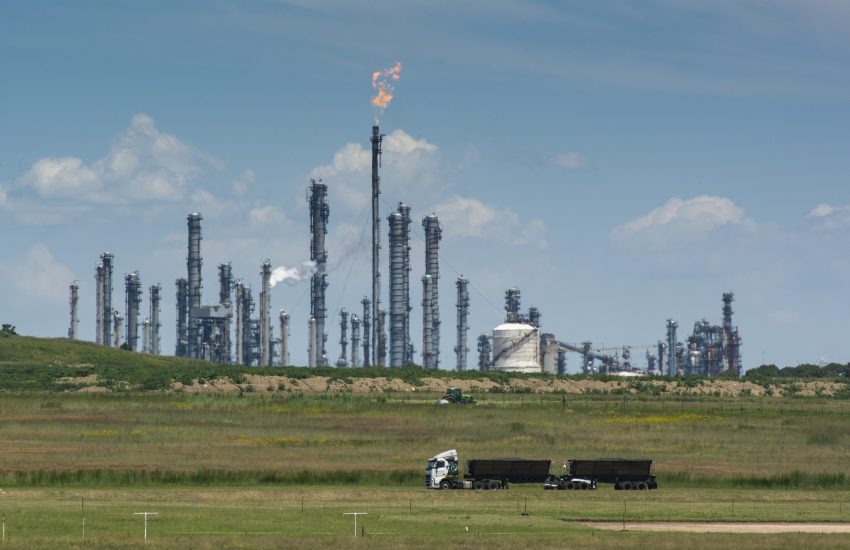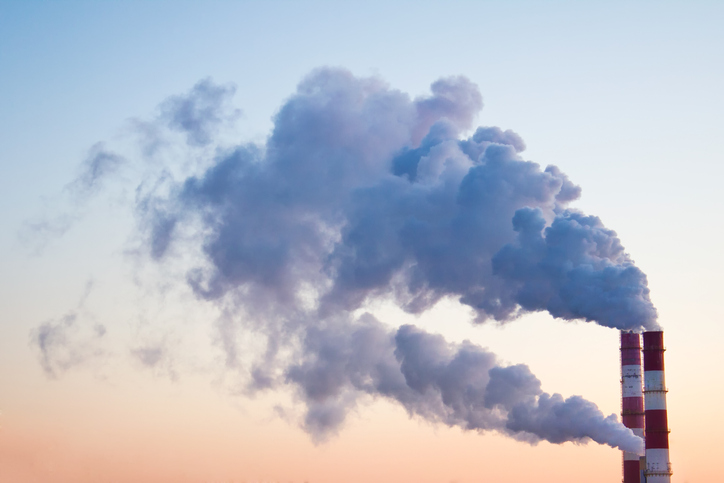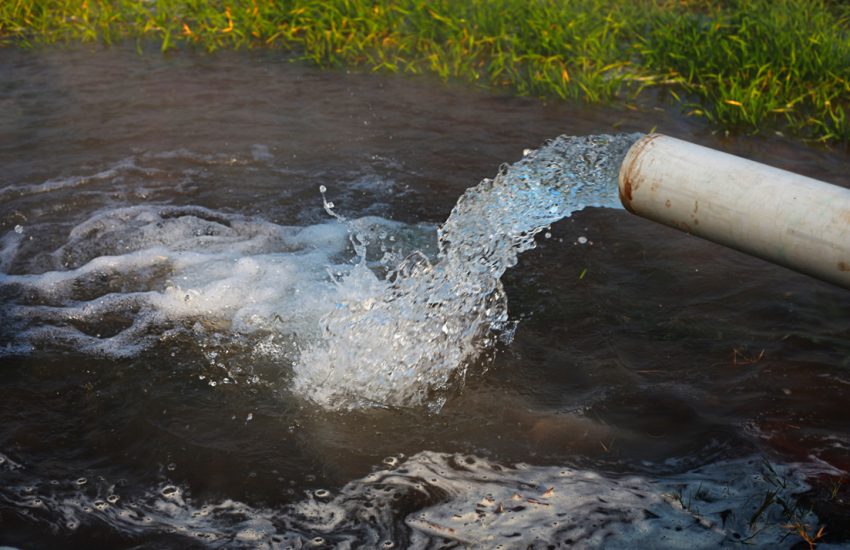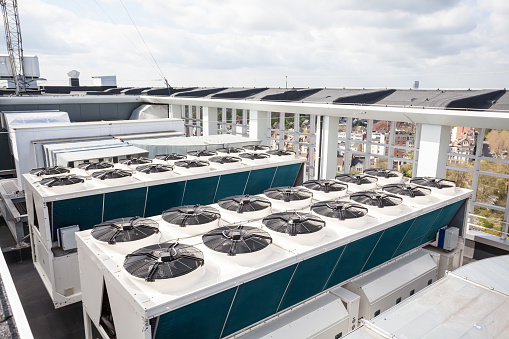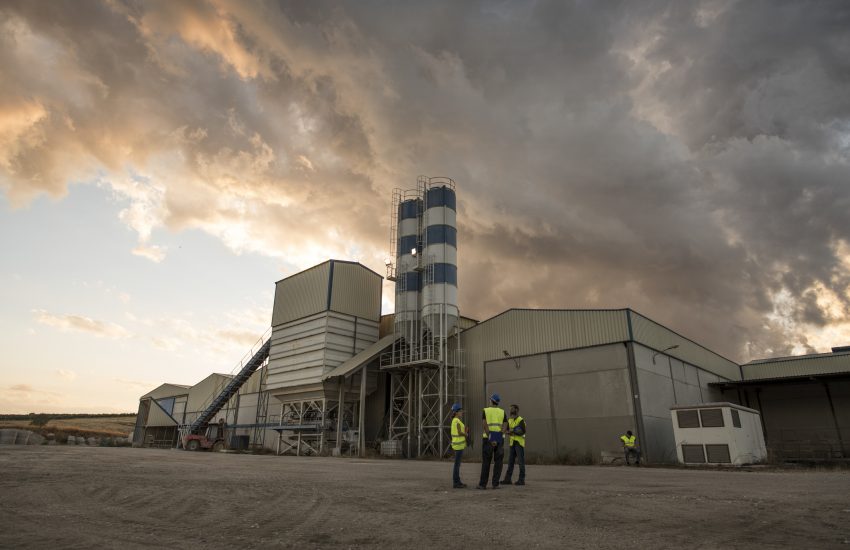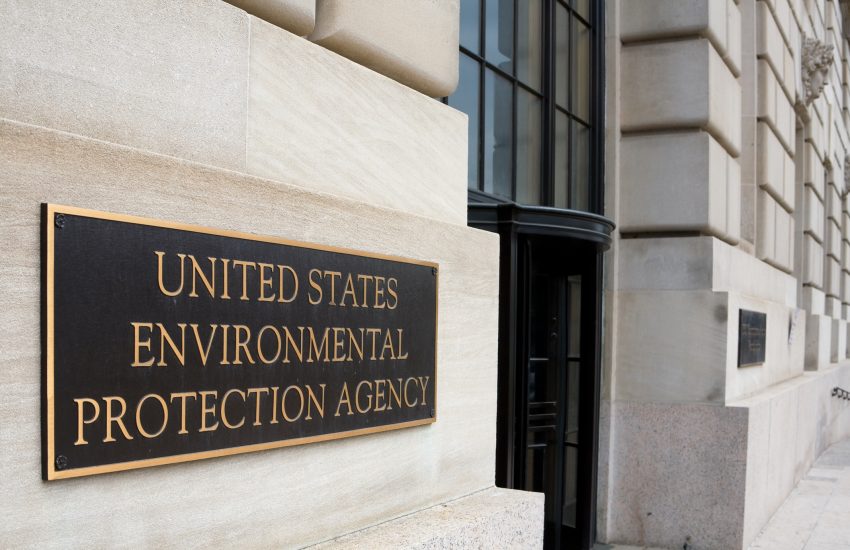A new report by the International Energy Agency, released on March 13, found that for the third year in a row, methane released by the fossil fuel industry rose to an almost record high in 2023.
Methane emissions are a significant contributor to global warming, second only to carbon dioxide. Although methane is better at trapping heat into the atmosphere, trapping almost 80 times more heat than carbon dioxide over a two-decade period, it is relatively short-lived, making it an attractive way to more efficiently …
Continue Reading
